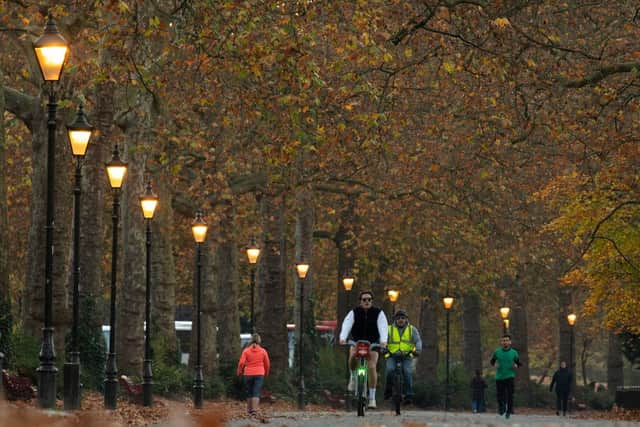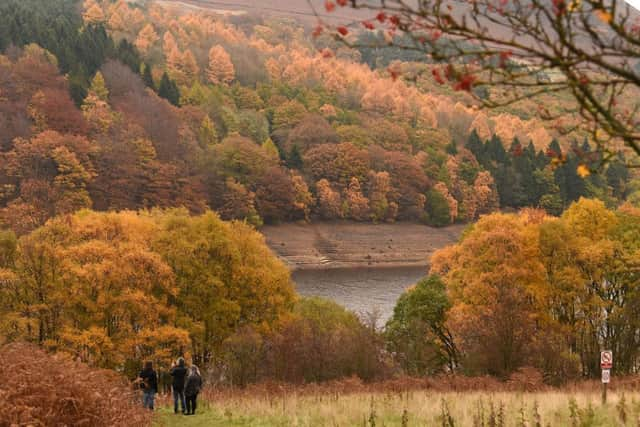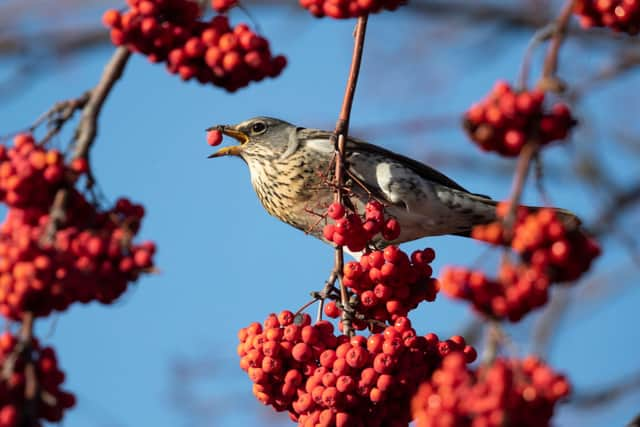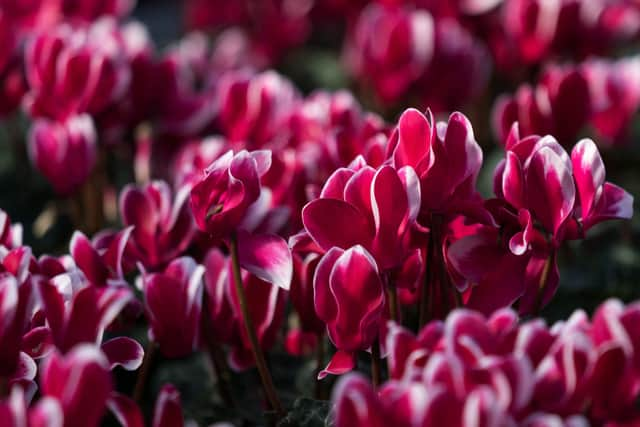When is autumn 2022? Date season starts in UK, signs of the seasons changing - and autumn equinox explained
This article contains affiliate links. We may earn a small commission on items purchased through this article, but that does not affect our editorial judgement.
and live on Freeview channel 276
This summer in the UK has been the hottest we’ve ever experienced, with record breaking temperatures climbing beyond 40C.
But for those of us who aren’t built for the heat, autumn can’t come fast enough - cooler temperatures, the leaves changing colours and darker nights are all signs that mark the beginning of the season in the UK.
Advertisement
Hide AdAdvertisement
Hide AdBut when exactly does autumn start in 2022? The answer is more complicated than you might expect.
When does autumn start?
According to the Met Office, there are two different dates that can be used to mark the start of the season in our calendars.
One is defined using the earth’s axis and orbit around the sun, and the other is a fixed date used by meteorologists.
The Met Office says: “Usually, when we talk about the first day of autumn we are referring to the astronomical autumn which is defined by the earth’s axis and orbit around the sun.”
Advertisement
Hide AdAdvertisement
Hide AdThis year, according to the astronomical calendar, autumn will begin on Friday 23 September 2022, and will end on Wednesday 21 December 2022.


However, according to meteorological seasons, the first day of autumn arrives on 1 September and ends on 30 November.
Meteorological seasons are based on the annual temperature cycle and coincide with the calendar to split the year into four periods of three months each.
The Met Office says: “These seasons are split to coincide with our Gregorian calendar, making it easier for meteorological observing and forecasting to compare seasonal and monthly statistics.”
Using meteorological seasons, the season are defined as:
- Spring (March, April, May)
- Summer (June, July, August)
- Autumn (September, October, November)
- Winter (December, January, February)
What is the autumn equinox?
Advertisement
Hide AdAdvertisement
Hide AdThe autumn equinox in the northern hemisphere, marks the end of summer and the beginning of autumn.
Each year there are two equinoxes, spring and autumn, and two solstices, summer and winter.
On the autumn equinox, day and night are of roughly equal length, according to the Met Office.


However, from this day, the nights will become increasingly longer than the days until the spring equinox in March, when the pattern is reversed.
Advertisement
Hide AdAdvertisement
Hide AdAt this time of year, the northern hemisphere begins to tilt away from the sun, resulting in less direct sunlight. This is why temperatures begin to cool at this time of year, and why we get moodier lighting in the autumn months.
Due to the earth’s elliptical orbit of the sun, the dates of the equinoxes and solstices aren’t fixed.
What are some signs of autumn?
There are a number of signs that can indicate that autumn has begun. The Woodland Trust recommends looking out for the following:


- Leaves changing colour - one of the most beautiful signs of autumn is the leaves changing from greens to reds and oranges. This change is caused by the cooler temperatures and the shorter days, meaning less sunlight.
- Migrating birds - birds such as nightingales, cuckoos, swifts and swallows fly south in search of warmer temperatures to wait out the colder seasons. You’ll also see some arrivals as well, with redwings, fieldfares, waxwings and types of duck and geese settling in the UK from colder climates like Iceland and Sweden.
- Conkers and acorns - during autumn, the seeds from many trees ripen and fall to the ground, so look out for acorns and conkers on pavements and pathways.
What are the best flowers to plant in autumn?
Just because we’re entering into autumn, that doesn’t mean that keen gardeners have to give up on their beloved plants and flowers until the warmer months return.
Advertisement
Hide AdAdvertisement
Hide AdHere are some plants the Royal Horticultural Society recommends for autumn bedding:


- Cyclamen persicum will produce some amazing flowers right up until the first hard frosts, and it will continue to bloom into the winter in more sheltered environments
- Purple sage makes for an ideal “ornamental plant”, with its leaves that look good no matter what time of year it is
- Nandina domestica will fill your garden with colour all year round - in the summer, you can expect yellow-green leaves, and as the weather cools, its leaves will turn a brilliant red
- Ceratostigma plumbaginoides, when placed in a sunny spot, can bloom its incredible flowers for weeks on end in September and October
- Winter pansies also offer dependable colour from autumn right up until mid-spring
Comment Guidelines
National World encourages reader discussion on our stories. User feedback, insights and back-and-forth exchanges add a rich layer of context to reporting. Please review our Community Guidelines before commenting.
